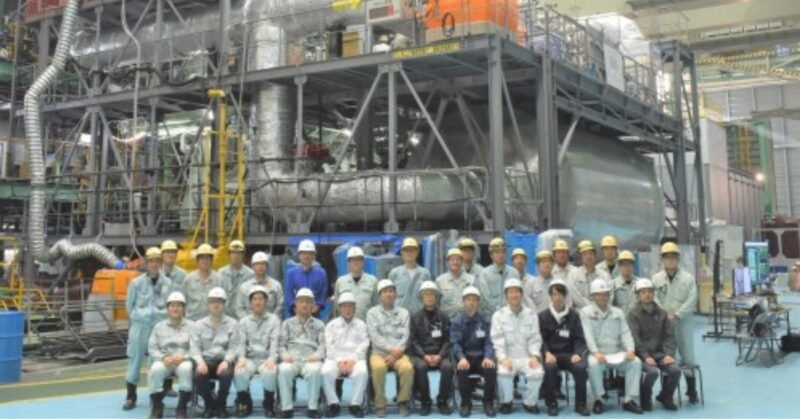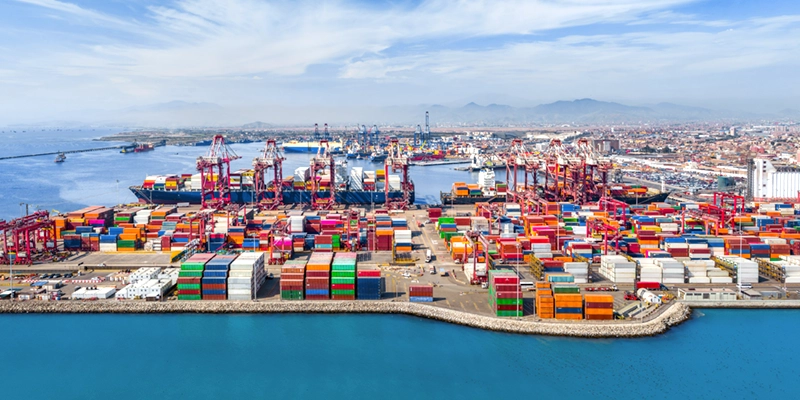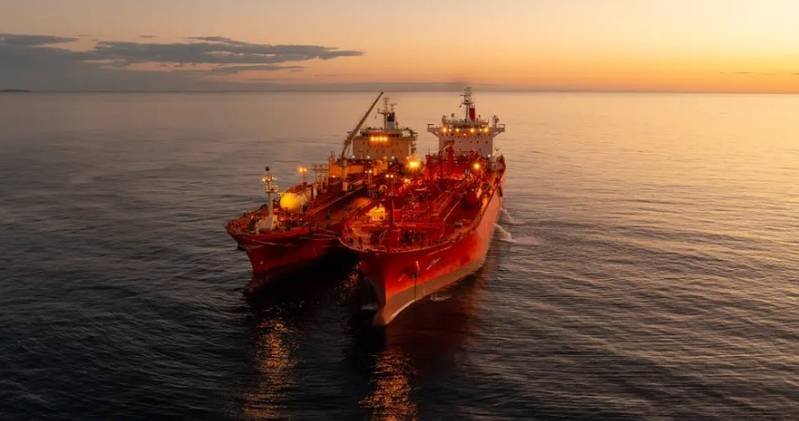Fortescue, an Australian mining company, recently celebrated the world’s first use of ammonia as a marine fuel at the Port of Singapore, the largest bunkering port globally. The Fortescue Green Pioneer ship was loaded with liquid ammonia from the Vopak Banyan Terminal for a seven-week fuel test in collaboration with the Maritime and Port Authority of Singapore (MPA). Ammonia, traditionally used in agriculture and industry, has the potential to support the energy transition in the maritime sector as a carrier for hydrogen and as a marine fuel.
The conversion of the Fortescue Green Pioneer to use ammonia and diesel took place in 2022 at Fortescue’s land-based test facility in Perth, Western Australia. Workshops were organized to identify potential risks during fuel transfer and engine testing, with training and safety exercises ensuring operational readiness. The successful test involved using five cubic meters of liquid ammonia for fuel testing, with plans for further testing and trials with an additional three tonnes of liquid ammonia.
The Fortescue Green Pioneer’s fuel systems and engine conversion received class approval from DNV, with collaboration from MPA on the vessel’s technical assessment and approval process for ammonia safety systems. The ship’s designation to use ammonia and diesel as marine fuel by the Singapore Registry of Ships highlights Singapore’s multi-fuel bunkering capability. The successful test in Singapore marks a significant milestone for the bunkering hub and demonstrates its ability to adapt to alternative fuels, following previous methanol bunkering operations in 2023.


















